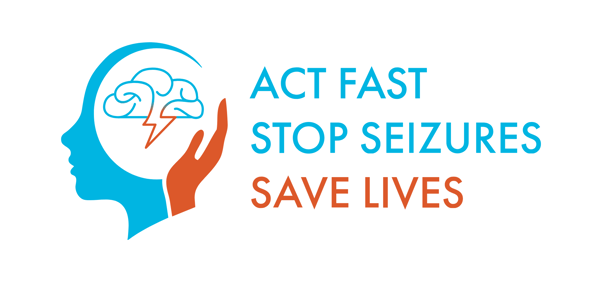
ACT FAST, STOP SEIZURES, SAVE LIVES is an initiative highlighting the importance of rapid intervention in prolonged convulsive seizures.
Our aim is to educate the epilepsy community, including patients, caregivers, and healthcare professionals, on how to effectively respond to this medical emergency.
At Neuraxpharm, we believe that sharing knowledge is key to breaking stigma and fostering understanding about epilepsy.
Explore the videos and help us spread this message of awareness
-
Prof. Matthew Walker, professor of neurology at UCL Queen Square Institute of Neurology
-
Tom Jensen, a person living with epilepsy who shares his real-life experience.
By acting fast, we can prevent complications, reduce hospitalizations, and save lives.
Seizures That Last Too Long Can Be Life-Threatening
A prolonged convulsive seizure (PCS) lasting five minutes or more is unlikely to stop on its own and must be treated as a medical emergency.1 Without rapid intervention, seizures may escalate to convulsive status epilepticus (CSE)—a life-threatening condition that can cause serious neurological and systemic complications.1
Why Immediate Treatment Matters
- CSE is the most common neurological emergency in children2 and often requires hospitalization or intensive care admission.3
- Short-term mortality in children is 3-5%4 ,5 , and up to 22% experience neurological deficits, such as cognitive impairment, behavioural problems, and ongoing seizures.6
- Refractory CSE can cause severe complications, including respiratory failure, renal failure, electrolyte imbalances, and increased intracranial pressure.7
- Seizures lasting 30 minutes or more significantly increase the risk of long-term neurological impairment.8
Rescue Medication: The First Line of Defense Against Seizure Escalation
Delays in treating prolonged seizures can lead to hospitalization, and intensive care. The early administration of rescue medication is key to stopping seizures before they escalate.9- Timely administration of rescue medication reduces hospital admissions and prevents complications.9
- When rescue therapy is accessible in all community settings—at home, in schools, and in public places—it may ensure rapid intervention when prolonged seizures occur.
The Role of a Seizure Action Plan (SAP)
Every patient diagnosed with epilepsy—especially those at risk of PCS—should have an individualized Seizure Action Plan (SAP) to ensure rapid and effective intervention.
A SAP should include:- Clear guidance on when and how to administer rescue medication
- Patient-specific seizure management instructions
- Education for caregivers, school staff, and healthcare providers
- A strategy to prevent unnecessary emergency hospital visits
An SAP empowers caregivers and healthcare professionals to intervene early, prevent complications, and improve patient outcomes.10
Examples of SAP:
|
International League Against Epilepsy (ILAE) |
https://www.ilae.org/files/dmfile/seizure-action-plan-sample.jpg |
|
Epilepsy Foundation |
https://www.epilepsy.com/sites/default/files/2023-08/SeizureActionPlan2023ACCE.pdf |
|
Child Neurology Foundation |
https://www.childneurologyfoundation.org/wp-content/uploads/2018/04/CNF_Seizure_Action_Plan_v4_fillable.pdf |
|
Seizure Action Plan Coalition |
https://seizureactionplans.org/sap-examples/ |
|
Defeating Epilepsy Foundation |
https://www.defeatingepilepsy.org/seizureactionplan/ |
|
French Ministry of National Education and Youth |
https://eduscol.education.fr/document/7763/download |
|
Penovich et al., 2021 |
https://www.sciencedirect.com/science/article/pii/S1525505021005254 |
We encourage you to watch and share these videos to help spread awareness and support those affected by epilepsy.
3. Trinka E, Kälviäinen R. 25 years of advances in the definition, classification and treatment of status epilepticus. Seizure. 2017;44:65–73.
10. Penovich P, Glauser T, Becker D, Patel AD, Sirven J, Long L, et al. Recommendations for development of acute seizure action plans (ASAPs) from an expert panel. Epilepsy Behav. 2021;123:108264.